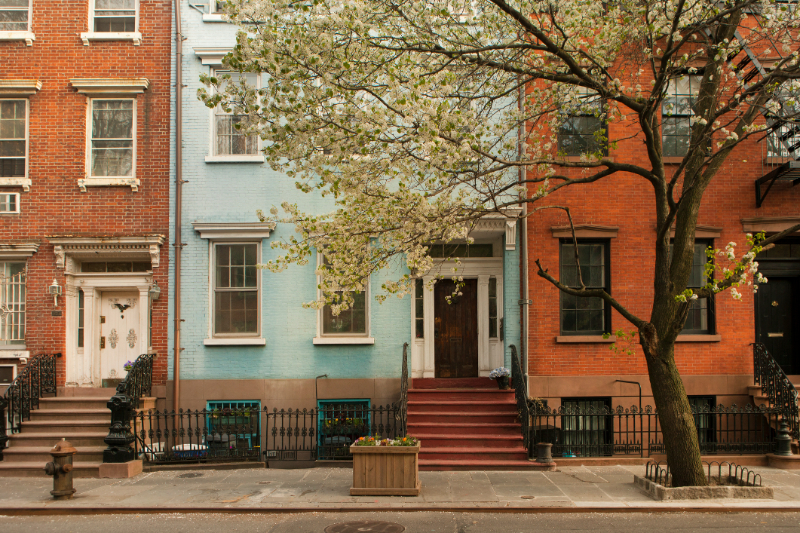
Introduction
New York City, the city that never sleeps, is not only known for its towering skyscrapers and bustling streets but also for its iconic real estate market. From the early days of Dutch colonization to the modern era of billion-dollar penthouses, the history of NYC real estate is a fascinating journey through time and transformation. In this article, we’ll take you on a historical tour of how NYC’s real estate landscape has evolved over the past century.
Early Beginnings
The roots of NYC’s real estate market can be traced back to the early 17th century when the Dutch West India Company established the colony of New Amsterdam, which later became New York City. The Dutch introduced the concept of property ownership and established the framework for land tenure in the city. Manhattan was gradually developed with farms, mills, and a growing number of homes.
19th Century Expansion
The 19th century saw significant expansion in the NYC real estate market. The city’s population exploded, thanks in part to waves of immigration, and neighborhoods like the Lower East Side became densely populated. Land speculators like John Jacob Astor amassed immense fortunes through real estate investments, purchasing vast stretches of Manhattan. The introduction of the grid street plan in 1811 laid the foundation for the city’s iconic cityscape, ensuring that real estate development would follow a structured path.
The Gilded Age
The late 19th century and early 20th century, often referred to as the Gilded Age, marked a period of opulence and growth in NYC real estate. This era saw the construction of architectural marvels like the Dakota Apartments and the Ansonia Hotel. The emergence of luxury apartments and the dawn of the skyscraper era, with the Flatiron Building and the Woolworth Building as prime examples, showcased the city’s ability to build upwards.
The Great Depression and Post-World War II
The 20th century brought both triumph and tribulation to NYC real estate. The Great Depression of the 1930s led to a decrease in property values, causing financial hardship for many. However, the post-World War II era brought a resurgence of development and the construction of residential neighborhoods like Levittown, which offered affordable suburban housing options for returning veterans.
The Rise of the Skyscraper
The mid-20th century saw the rise of the iconic skyscrapers that now define NYC’s skyline. The construction of the Empire State Building in 1931 was a testament to the city’s resilience during the Great Depression. Later, the development of the World Trade Center Twin Towers in the 1970s became enduring symbols of New York City.
Contemporary Real Estate
Today, NYC’s real estate market continues to evolve and adapt to changing demographics and economic trends. The city is known for its diverse neighborhoods, each with its unique character and real estate market dynamics. The demand for luxury properties in neighborhoods like Tribeca and the Upper East Side has led to record-breaking sales, including multimillion-dollar penthouses.
Challenges and Opportunities
While NYC’s real estate market has experienced remarkable growth and transformation over the past century, it has also faced challenges, including economic downturns, property bubbles, and affordability concerns. The COVID-19 pandemic in 2020 had a notable impact, with many residents reevaluating their living situations.
Conclusion
The history of NYC real estate is a tale of resilience, innovation, and evolution. From its Dutch colonial beginnings to the modern era of luxury skyscrapers, the city’s real estate market has shaped the very fabric of New York City itself. As the city continues to grow and adapt, it’s clear that the story of NYC real estate is far from over, and its future promises to be as dynamic as its past.
